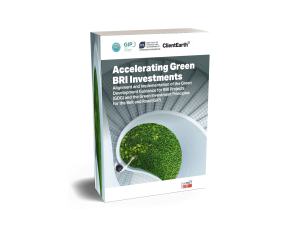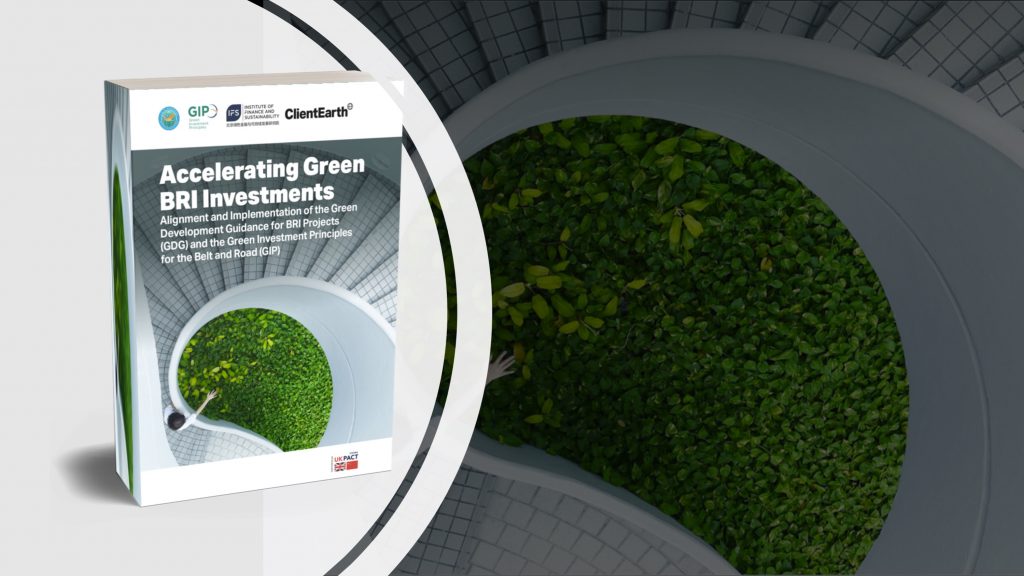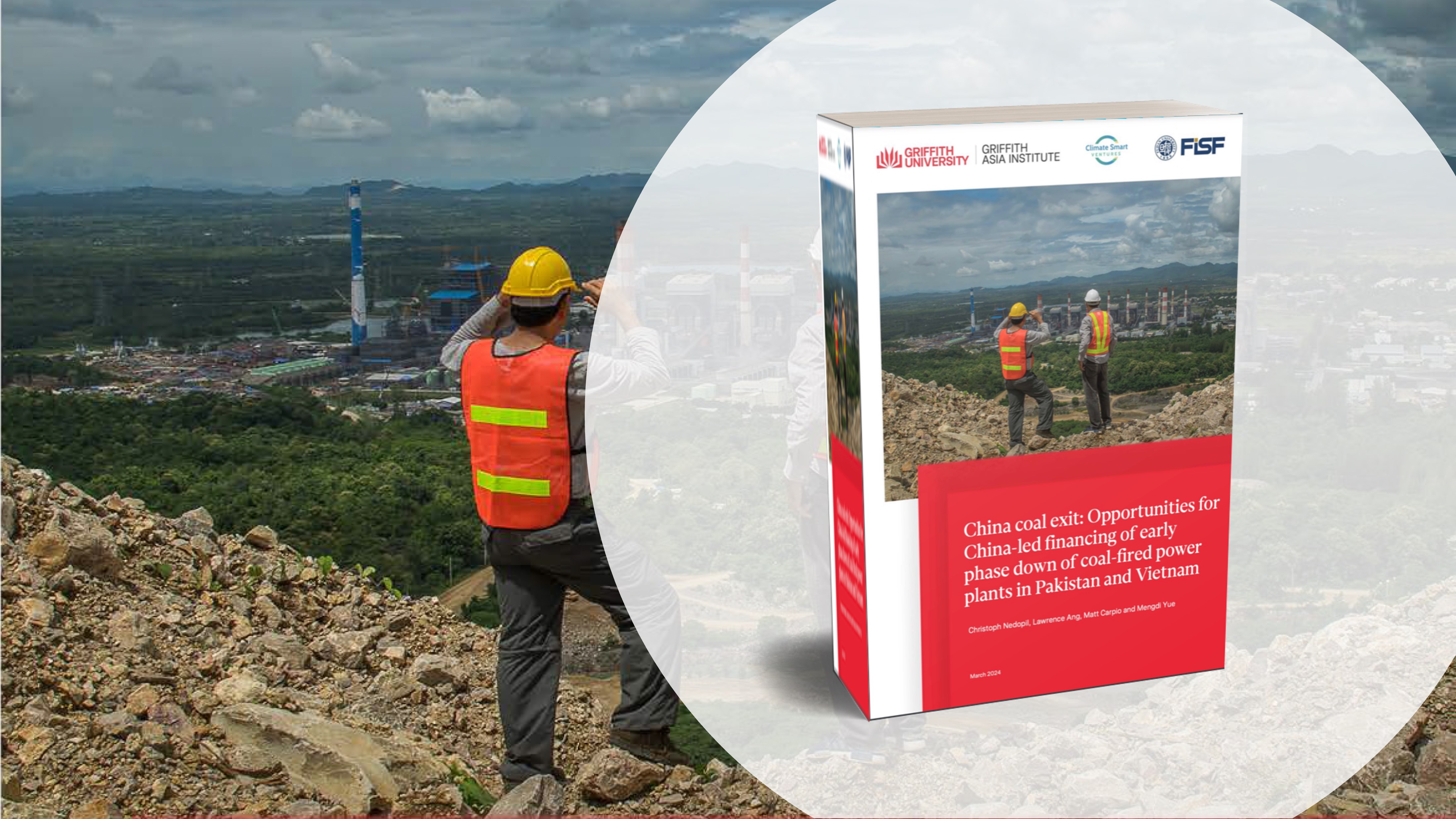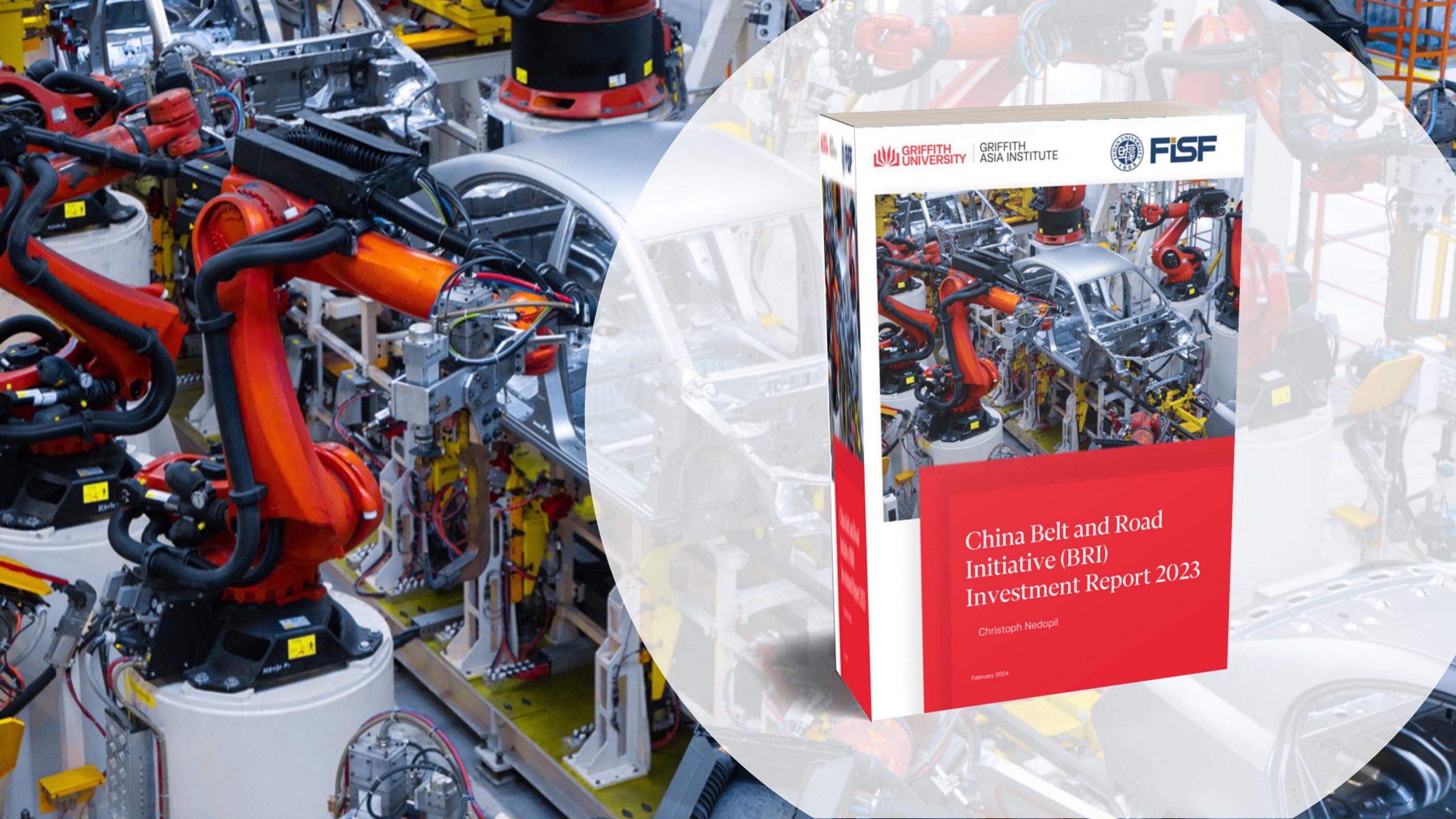
and here in Chinese.
Post-pandemic recovery and low-carbon transition have become top priorities for BRI countries. Mobilizing investment for green projects will chart a course for green and low-carbon BRI development. Cooperation shall be strengthened in key areas such as green infrastructure, green energy and green finance, and tap the potential of multilateral platforms such as the BRI International Green Development Coalition (BRIGC) and the Green Investment Principles for the Belt and Road Initiative (GIP) to advance the green development of the BRI.
The Green Development Guidance for BRI projects (GDG) research reports (published by the BRIGC) and the Green Investment Principles (GIP) are important outcomes of the attempt to create innovative financial instruments and the application of the green investment and financing framework for BRI projects. To understand the implementation status, prospect and coordination potential between the two, the BRIGC Secretariat, the GIP Secretariat, ClientEarth and the Green Finance & Development Center at FISF Fudan University, under the auspices of UK Partnering for Accelerated Climate Transitions (UK PACT), have jointly prepared a report entitled Accelerating Green BRI Investments: Alignment and Implementation of the Green Development Guidance for BRI Projects (GDG) and the Green Investment Principles for the Belt and Road (GIP).
GDG and GIP are highly harmonized and complementary in terms of policy guidance, scope of application, and technical methods. Thus, a synergy can be forged between the two to promote green investment and financing in BRI countries, and support the green and low-carbon transition of developing countries.
GDG established a project classification mechanism for BRI projects, also called the “Traffic Light System” and compiled an application guide for enterprises and financial institutions, as well as a sectoral green development guidance. It has not only provided green solutions for the BRI countries and projects but also supported the decision-making of relevant authorities in guiding green overseas investment cooperation.
GIP has set up three working groups – “Environment and Climate Risk Assessment”, “Environment and Climate Information Disclosure” and “Green Financial Product Innovation”, which developed green finance tools, methods and standards, and a database for green projects to provide reference for financial institutions in green investment.
To further synergize the two frameworks, this Report provides recommendations for cooperation on strengthening information sharing, promoting green finance mechanism, and enhancing capacity building, etc.
The report is built on the outcomes of the Training Workshop on BRI Green Finance and Environmental Management (Phase I,II) and the Symposium on Synergizing BRI Green Investment Principles (GIP) and GreenDevelopment Guidance (GDG) (Phase I, II), co-hosted by the report contributors in 2021. With wide participation from relevant authorities, financial institutions, enterprises and industry associations, coordination is strengthened between financial institutions and environmental authorities. Topics including on aligning green investment and financing instruments and standards, and addressing environmental and climate challenges are thoroughly discussed.
What others are saying:
“As China and a growing number of BRI countries announced their carbon neutrality targets, green finance has evolved from ‘good to have’ to ‘must have’ in the development of BRI. Against this backdrop, BRI development will bring about many green investment opportunities. Financial institutions and investors should shift their focuses from environmental and climate risk prevention to risks and opportunities, seizing the development opportunities arising from green investment and climate transition. This report, produced in such a context, is a comparative analysis of GDG and GIP. It points out that with similar objectives and goals, both aim to support financial institutions and investors through different approaches to manage environmental and climate risks, reduce carbon intensive and polluting investments, refrain from coal investments, and ramp up green investments,”
Ma Jun, Advisor of the BRIGC Advisory Committee, Chairman of Green Finance Committee of China Society of Finance and Banking, President of Beijing Institute of Finance and Sustainability.
“At present, promoting post-pandemic green recovery and low-carbon transition has become the core concern of the BRI countries. Channeling green investment is one of the most effective ways to promote the green and low-carbon development of the Belt and Road Initiative. This report compares and analyzes the similarities and complementarities between Green Development Guidance for BRI Projects (GDG) and Green Investment Principles for the Belt and Road (GIP), and proposes recommendations regarding their further alignment and cooperation. GDG and GIP share many commonalities in terms of policy guidance, scope of application and technical approaches, etc. It is expected that by taking full advantage of the role of BRIGC and the GIP, the two frameworks can form synergy with each other and provide momentum to the BRI green investment and financing.”
Li Yonghong, Deputy Director General, Foreign Environmental Cooperation Center(FECO), MEE.
“It was an absolute pleasure to work on this report together with a highly motivated and competent team. Through deep engagement with Chinese and international financial institutions, as well as government stakeholders in various workshops and interviews, we were able to develop relevant suggestions to further support the development of these two fundamental frameworks for greening finance in the BRI. I was particularly excited about the active interest of financial institutions how to continue to reduce environmental and social risks through better governance and impact assessments, while also becoming better at identifying green project opportunities.”
Christoph NEDOPIL WANG, Director of Green Finance & Development Center, Associate Professor Fudan University.
“We are extremely delighted to see China’s stakeholders actively making transition towards green and low-carbon investment. Following President Xi’s pledge to stop building coal-fired power projects abroad, the focus is now on rapidly stepping up on renewable energy deployment. Building on the successful collaboration through a series of workshops held in 2021, the alignment and collaboration between the two key frameworks will continue to provide relevant authorities, financial institutions, and developers with important tools to accelerate green finance and reduce environmental risks. We are particularly eager to further develop practical tools on environmental information disclosure and public participation to keep strengthening environmental risk management for a green and low-carbon BRI”
Dimitri de Boer, Chief Representative, China Office, ClientEarth




Comments are closed.